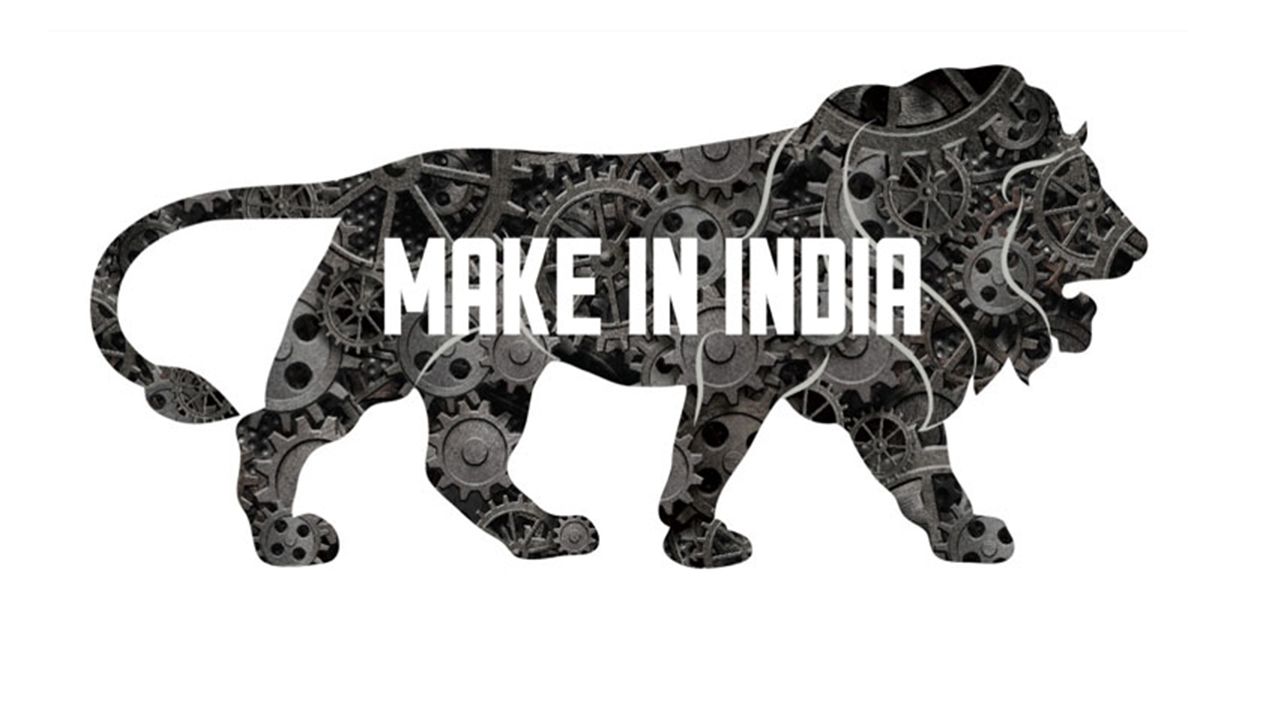Co-Axial Cables
Yeshwant Wires is a reputed Co-Axial Cables manufacturer in India, specializing in high-quality cables engineered for efficient signal and data transmission across radio frequency (RF), video, and communication systems. Our cables are designed with a central conductor, dielectric insulator, metallic shield, and protective jacket to ensure minimal signal loss and maximum interference protection.
Available in various impedance levels including 50 Ohm, 75 Ohm, and 93 Ohm, these cables deliver exceptional signal integrity, EMI/RFI protection, bandwidth capacity, and durability. They comply with IS, IEC, MIL, and BS standards and are ideal for CCTV systems, broadband networks, satellite communication, and instrumentation applications.

Description
A Co-Axial Cable (commonly known as coax cable) is a type of electrical cable that carries radio frequency (RF) signals with low attenuation and superior shielding. It consists of a central copper conductor surrounded by a dielectric insulator and a metallic braid or foil shield, enclosed within an outer sheath. This unique layered design enables efficient signal transmission while preventing external electromagnetic interference (EMI).
These cables are extensively used in telecommunication networks, broadcasting, security surveillance (CCTV), satellite antennas, instrumentation, and RF systems where stable impedance, low signal distortion, and reliable performance are critical for operational excellence.
Key Features & Advantages
- Low Signal Loss: Optimized for high-frequency and long-distance transmission.
- Excellent Shielding: Dual or triple-layer shielding for protection against EMI/RFI.
- High Bandwidth Capacity: Ideal for analog and digital communication systems.
- Durable Design: Resistant to environmental stress, moisture, and UV radiation.
- Flexible Installation: Easy to route and terminate in complex setups.
- Custom Variants: Available in RG, RF, and precision coaxial types.
- Complies with Global Standards: IS 694, MIL-C-17, IEC 60096, and BS 2316.
Technical Specifications
| Property | Specification | Significance |
|---|---|---|
| Conductor Material | Copper (Solid or Stranded, often Copper-Clad Steel) | Solid Copper-Clad Steel (CCS) is common for CATV (e.g., RG-6) as the signal travels along the surface (skin effect). Pure copper is used for higher performance or flexible applications. |
| Voltage Grade | Low Voltage (Typically < 300V or 500V) | Defines the safe working voltage. Coax cables primarily carry low-power RF signals, not primary power. |
| Operating Temperature | -40°C to +80°C (Insulation dependent, e.g., PE/PVC) | The temperature range over which the cable maintains its critical electrical and mechanical specifications, particularly its characteristic impedance. |
| Dielectric (Insulation) | Solid PE / Foam PE / PTFE | The material filling the space between the center conductor and the shield. Foam PE is common as it lowers the dielectric constant, resulting in lower signal loss (attenuation) and higher velocity of propagation. |
| Shielding (Screen) | Aluminium Foil bonded to Dielectric + Copper or Aluminium Braid | The defining feature. The shield traps the signal's electromagnetic field inside the cable and prevents external interference from reaching the signal, ensuring high EMC (Electromagnetic Compatibility). |
| Shielding Coverage | Typically 60% to 95% (Higher coverage means better noise rejection) | The density of the braid over the foil determines the cable's shielding effectiveness. Quad-shielded cables (four layers) offer the highest coverage (90%+). |
| Sheath | PVC / PE / LSZH (UV and Weather Resistant) | Protects the cable from environmental factors. PE is common for outdoor/direct burial; LSZH is used indoors for fire safety. |
| Characteristic Impedance | 75 Ohms (Video/CATV) or 50 Ohms (Data/Wireless/RF) | CRITICAL. This fixed impedance is essential for matching the source and load equipment to prevent signal reflections, which cause significant signal loss and distortion. |
Applications
Co-Axial Cables are widely used for signal, data, and video transmission in telecommunication networks, broadcasting, security surveillance (CCTV), satellite antennas, instrumentation, and RF systems. They provide stable impedance, low signal distortion, and long operational life, making them ideal for precision connectivity in critical environments.
Manufacturing & Quality Assurance
At Yeshwant Wires, every co-axial cable is produced using advanced extrusion, braiding, and testing technologies for precision and reliability. Cables undergo stringent testing for attenuation, impedance, and continuity under ISO certified quality systems.
Why Choose Yeshwant Wires for Co-Axial Cables?
Industry Leadership
Premier Co-Axial Cable manufacturer in India with 8+ years of expertise.
Custom Solutions
Tailored cable designs for specific protocols, environments, and performance requirements.
Premium Materials
99.99% pure copper conductors and high-grade insulation for maximum performance.
Global Standards
Full compliance with IS and ISO/IEC international standards.
Competitive Pricing
Factory-direct pricing with no compromise on quality or performance.
Pan-India Delivery
Fast, reliable delivery across all major cities and industrial hubs in India.
Industries We Serve
Industry Leadership
Premier Co-Axial Cable manufacturer in India with 8+ years of expertise.
Custom Solutions
Tailored cable designs for specific protocols, environments, and performance requirements.
Premium Materials
99.99% pure copper conductors and high-grade insulation for maximum performance.
Global Standards
Full compliance with IS and ISO/IEC international standards.
Competitive Pricing
Factory-direct pricing with no compromise on quality or performance.
Pan-India Delivery
Fast, reliable delivery across all major cities and industrial hubs in India.
We supply Co-Axial Cables to diverse industries such as telecommunication, defense, broadcasting, industrial automation, data communication, and electronics manufacturing. Our solutions ensure clear signal transmission and unmatched reliability for both commercial and technical applications.

